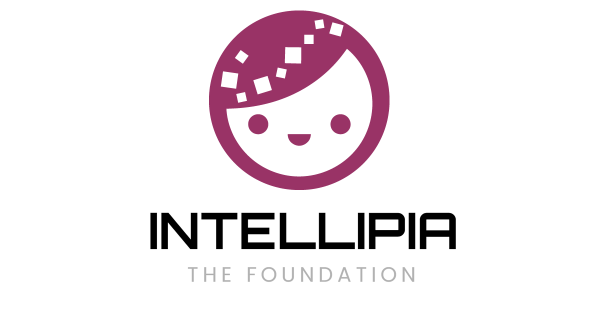Inquirer
First, we need to understand the exact problem and when it started.
Highlighting recent IT issues.
IT Issues Notes
Addressing the issue of images or video URLs linked with Google Drive no longer being displayed in HTML.
#Google Drive # Third-Party Cookies # Chrome # Edge # Safari # iFrame
SPRING (Participating) / Editing INTELLIPIA
INTELLIPIA is published in a conversational format to aid understanding.
https://drive.google.com/uc?id=[FILE ID]&export=download| Related Posts |
| Chrome third-party cookie blocking fully implemented |
| 2.Alternatives for Google Drive issues |
| 3.PWA and browser security issues |
| Changes in browsers and outlook on vanilla JS |
